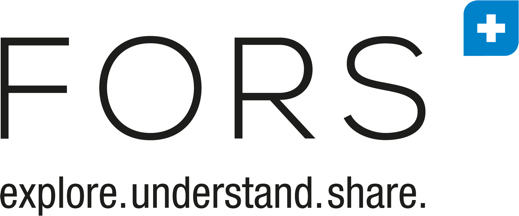Family Diversity: Updating a Household Typology in the Swiss Household Panel
Family Diversity: Updating a Household Typology in the Swiss Household Panel
2023-1
Morel, S. (2023). Family Diversity: Updating a Household Typology in the Swiss Household Panel. FORS Working Paper Series, paper 2023-01. Lausanne: FORS. DOI: 10.24440/FWP-2023-00001
This paper presents a new household typology in the Swiss Household Panel. The update of the household typology is motivated by the necessity to have a more detailed, more specific information about different types of couples with children, as the criteria used in the existing household typologies (e.g., age or number of children; age of adults) are insufficient to describe the family diversity and the plurality of its forms in terms of household structure and composition. To do so, the new variable distinguishes among the couple-with-children household types those with common children from those with children from a previous relationship, and those with children from a previous and the current relationship. The multiple steps to construct the new variable are described in the methodology section. The descriptive statistics section presents contextual and socio-demographic characteristics of the six couples-with-children household types, among which four are unique to this new household typology (step- and blended family households). The analyses dedicated to the newly created household types show a high variety of situations in a limited number of cases. The updated household typology increases the visibility of alternative forms of family and reduces their misclassification. In addition, its construction steps give opportunity to identify, describe and compare different types of family-households as well as various types of parents and children in the household. Thus, the new household typology allows to assess differences and communalities between a variety of configurations, while taking family diversity and complexity in Switzerland into better consideration.
© the authors 2023. This work is licensed under a Creative Commons Attribution 4.0 International License (CC BY 4.0)

 Bâtiment Géopolis,
Bâtiment Géopolis, +41 (0)21 692 37 30
+41 (0)21 692 37 30

